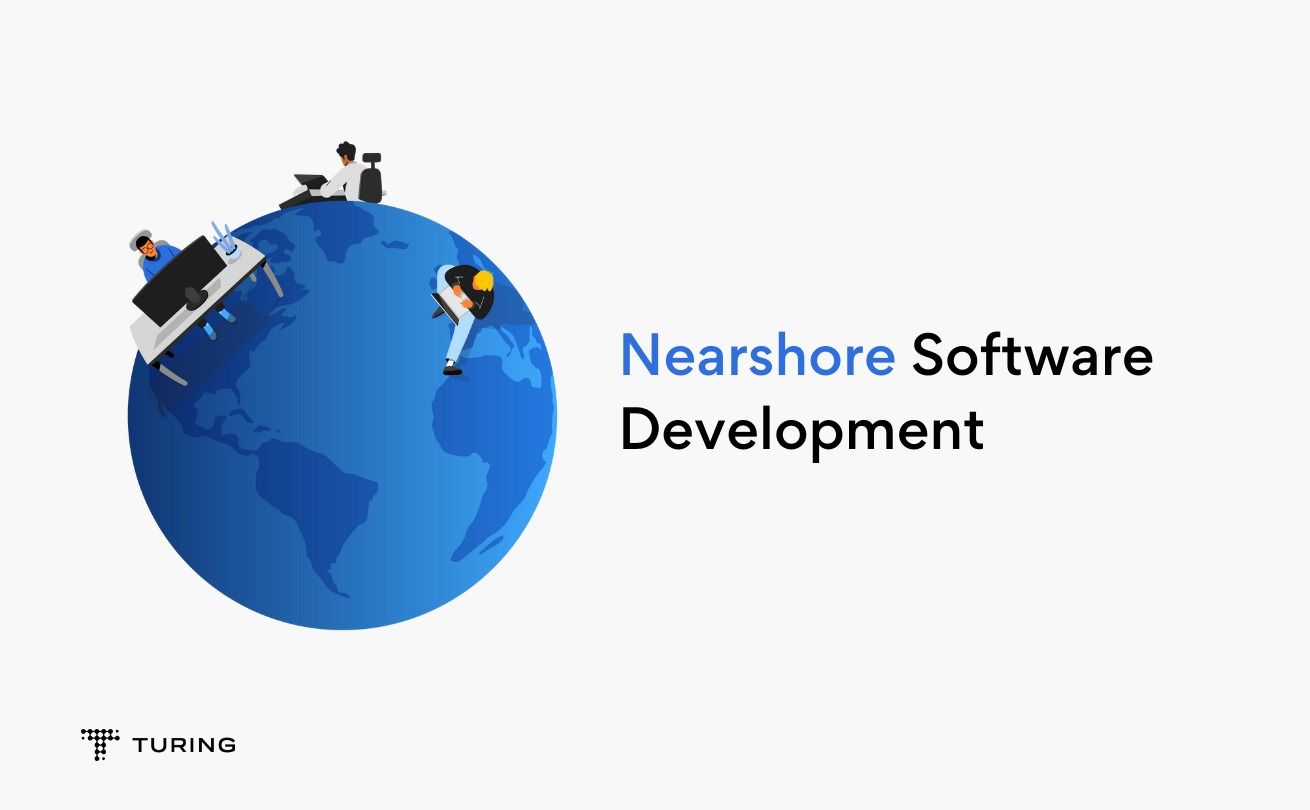Near shore software development offers a strategic approach to outsourcing that leverages geographical proximity for enhanced communication and project management. This method allows businesses to tap into talent from neighboring countries, fostering collaboration and efficiency in software development processes.
Introduction to Near Shore Software Development

Near shore software development refers to the practice of outsourcing software development tasks to countries that are geographically close to the client’s location. This model offers a middle ground between offshoring (outsourcing to distant countries) and onshoring (keeping the development in-house).
Countries commonly used for Near Shore Software Development
- Mexico
- Canada
- Costa Rica
- Uruguay
Benefits of Near Shore Software Development
- Time Zone Compatibility: Near shore teams often work in a similar time zone to the client, facilitating real-time communication and collaboration.
- Cultural Affinity: Countries in close proximity usually share similar cultural norms and values, leading to better understanding and alignment between teams.
- Cost-Effectiveness: While not as inexpensive as offshoring, near shore software development can offer cost savings compared to onshoring due to lower labor costs in certain countries.
Factors to Consider When Choosing a Near Shore Software Development Partner

When selecting a near shore software development partner, businesses must carefully consider various factors to ensure a successful partnership. From technical expertise to cultural alignment, these considerations play a crucial role in the overall outcome of the collaboration.
Time Zone Compatibility, Near shore software development
Time zone compatibility is a critical factor to consider when choosing a near shore software development partner. Ensuring that the partner’s working hours align with your own can help facilitate real-time communication, meetings, and issue resolution. It can also lead to increased productivity and efficiency, as teams can collaborate seamlessly without significant delays.
Cultural Affinity
Cultural affinity is another key element in successful near shore software development partnerships. Understanding and respecting each other’s cultural norms, communication styles, and work ethics can strengthen the relationship between the two parties. It can also promote better collaboration, team cohesion, and overall project success. By fostering a culturally sensitive environment, businesses can create a more harmonious partnership with their near shore software development partner.
Communication Strategies in Near Shore Software Development Teams
Effective communication is crucial in near shore software development teams to ensure seamless collaboration and successful project outcomes. Clear and consistent communication helps in aligning team members, resolving issues promptly, and fostering a strong team culture. Here are some best practices and tools to enhance communication in distributed teams:
Best Practices for Effective Communication
- Establish a communication plan outlining preferred channels, frequency of updates, and escalation procedures.
- Utilize video conferencing for regular team meetings to enhance engagement and foster a sense of connection.
- Encourage open communication channels for team members to share ideas, feedback, and concerns.
- Implement project management tools for tracking progress, assigning tasks, and maintaining transparency.
- Provide language and cultural training to bridge communication gaps and promote understanding among team members.
Tools and Technologies for Seamless Communication
- Collaboration platforms like Slack, Microsoft Teams, or Discord for real-time messaging and file sharing.
- Project management tools such as Jira, Trello, or Asana for task tracking and progress monitoring.
- Video conferencing tools like Zoom, Google Meet, or Skype for virtual meetings and discussions.
- Screen sharing applications to facilitate remote pair programming and code reviews.
- Version control systems like Git for centralized code management and collaboration.
Challenges Due to Communication Gaps
- Misinterpretation of requirements leading to deliverables not meeting client expectations.
- Delayed responses and feedback causing project delays and impacting overall productivity.
- Cultural and language barriers hindering effective collaboration and team synergy.
- Lack of visibility and transparency resulting in misunderstandings and conflicts among team members.
- Difficulty in building trust and rapport among team members due to limited face-to-face interactions.
Quality Assurance and Testing in Near Shore Software Development

Quality assurance and testing play a crucial role in ensuring the success of near shore software development projects. By maintaining high standards of quality throughout the development process, teams can deliver reliable and effective software solutions to clients.
Importance of Quality Assurance and Testing
Quality assurance and testing help identify and fix defects in the software, ensuring that it meets the requirements and functions as intended. In near shore software development, effective QA and testing processes are essential for achieving customer satisfaction and maintaining a competitive edge in the market.
Strategies for Ensuring High-Quality Deliverables
- Establish clear quality standards and criteria at the beginning of the project.
- Implement regular code reviews and quality checks to identify issues early on.
- Utilize automated testing tools to streamline the testing process and improve efficiency.
- Encourage open communication and collaboration between onshore and near shore teams to ensure alignment on quality goals.
Commonly Used Testing Methodologies
- Agile Testing: Incorporating testing throughout the development lifecycle to ensure continuous feedback and improvement.
- Regression Testing: Verifying that new code changes do not adversely affect existing functionality.
- User Acceptance Testing (UAT): Testing the software with end-users to validate its usability and functionality.
- Performance Testing: Assessing the software’s performance under various conditions to identify and address bottlenecks.
Conclusion
In conclusion, near shore software development presents a compelling option for businesses looking to optimize their software development operations. By capitalizing on the benefits of proximity, cultural affinity, and effective communication, companies can achieve high-quality deliverables and successful project outcomes in a cost-effective manner.
FAQ Overview
What is the difference between near shore software development and offshoring?
Near shore software development involves outsourcing tasks to countries in close geographical proximity, while offshoring typically refers to delegating work to more distant locations.
How does time zone compatibility impact near shore software development?
Time zone compatibility is crucial for ensuring real-time communication and project coordination between teams in near shore software development, minimizing delays and enhancing efficiency.
What are some common challenges faced in near shore software development partnerships?
Communication gaps, cultural differences, and language barriers can pose challenges in near shore software development partnerships, highlighting the importance of clear communication and cultural understanding.
